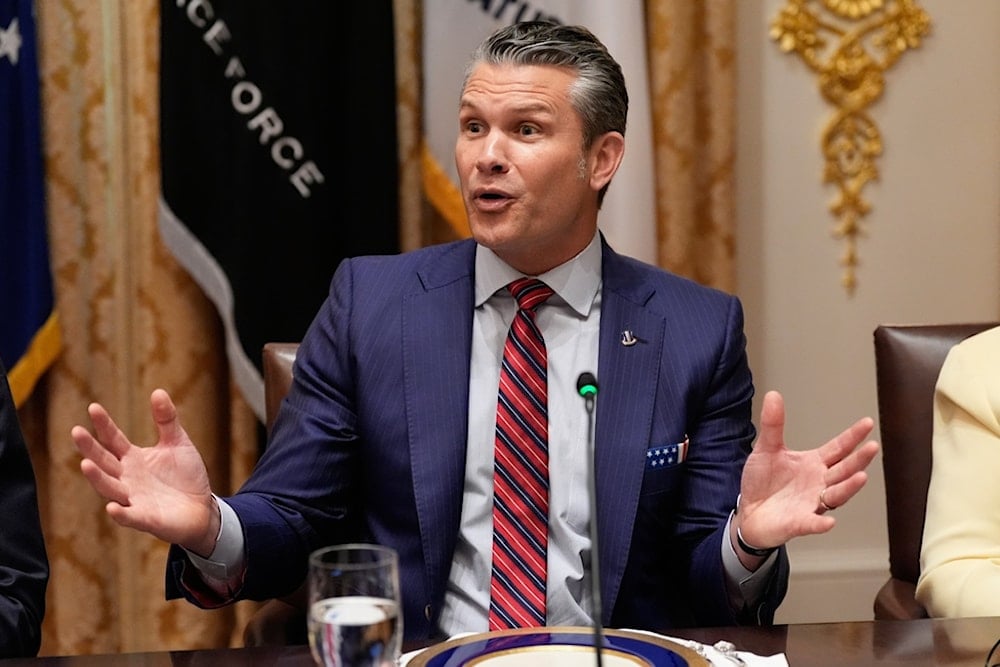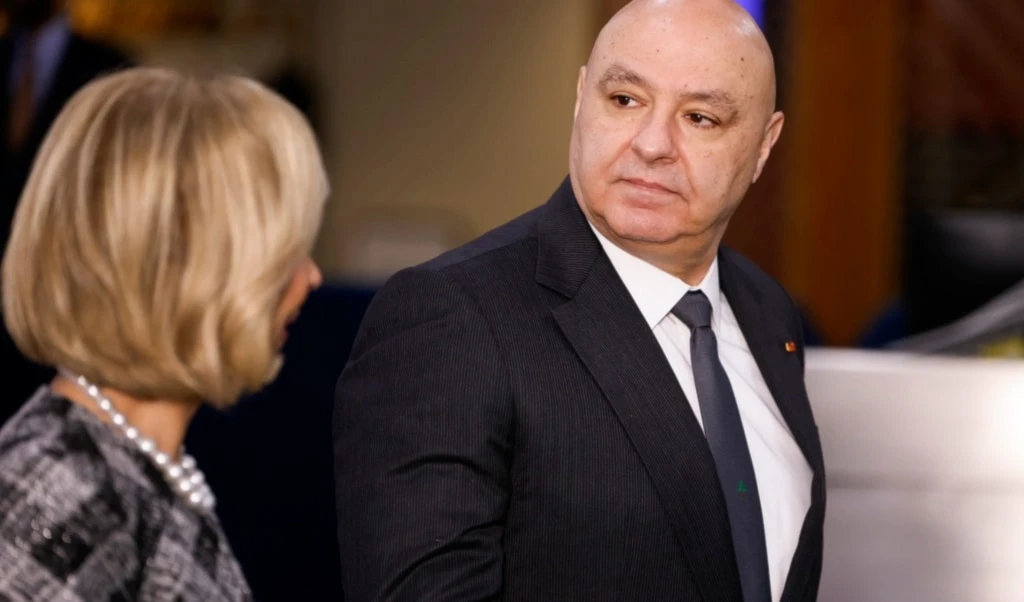Trump’s Pentagon renaming to ‘Department of War’ may cost $2B
Trump’s plan to rename the Pentagon as the Department of War could cost up to $2 billion, as Congress debates the move amid a government shutdown.
-

Defense Secretary Pete Hegseth speaks during a meeting with President Donald Trump and Argentina's President Javier Milei in the Cabinet Room of the White House, Tuesday, October 14, 2025, in Washington (AP)
US President Donald Trump’s decision to rename the Department of Defense to the Department of War could cost American taxpayers as much as $2 billion, NBC News reported Wednesday, citing officials familiar with the matter.
The report said that on September 5, Trump signed an executive order authorizing the historic name change, the first since 1947, when the Pentagon was officially rebranded from its original title, the Department of War. The move, however, still requires congressional approval before becoming law.
According to the report, the renaming process would entail replacing thousands of signs, placards, letterheads, and identification badges across US military bases worldwide. Updating physical materials alone could reach $1 billion, while digital adjustments, including reprogramming all internal and external websites, could add another billion in expenses.
Despite the ongoing government shutdown, the Pentagon confirmed that preparations for the transition are already underway. “The Department of War is aggressively implementing the name change directed by President Trump and is making the name permanent,” Pentagon spokesman Sean Parnell said in a statement. He noted that a final cost estimate remains pending “due to the Democrat shutdown furloughing many of our critical civilians.”
A symbolic return to the past
The Pentagon’s original name, the Department of War, dates back to 1789, when it was founded by George Washington. It retained that title for 158 years before being renamed in 1947 as part of post–World War II restructuring to reflect a shift toward defense and deterrence rather than direct combat operations.
Trump’s move to restore the old name has stirred debate in Washington, where critics see it as a symbolic reversal of decades of diplomatic framing. Supporters, however, argue it reflects a more candid acknowledgment of the United States’ military posture abroad.
As Congress prepares to debate the order, the financial and political implications of reviving the Department of War title could become yet another flashpoint in an already polarized capital.
Trump renames Pentagon as 'Department of War'
Trump, in September, signed an executive order to rename the Department of Defense the "Department of War," restoring its title from before the post–World War II era.
The Pentagon carried the designation until 1949, when Congress restructured the military to emphasize deterrence and collective defense in the nuclear age.
The order, signed during a ceremony in the Oval Office, is part of Trump’s broader rebranding of the US military. It follows his earlier decisions to preside over a large military parade in Washington, D.C., reinstate original names for bases that were changed after the 2020 racial justice protests, and expand military roles within domestic US cities and along the southern border.
The order allows Defense Secretary Pete Hegseth and other top officials to use the titles “Secretary of War” and “Deputy Secretary of War” in official communications. It also tasks Hegseth with drafting legislative and executive measures to cement the name change.
The decision was criticized as costly from the start due to updates to signage, stationery, and military installations worldwide.

 3 Min Read
3 Min Read










